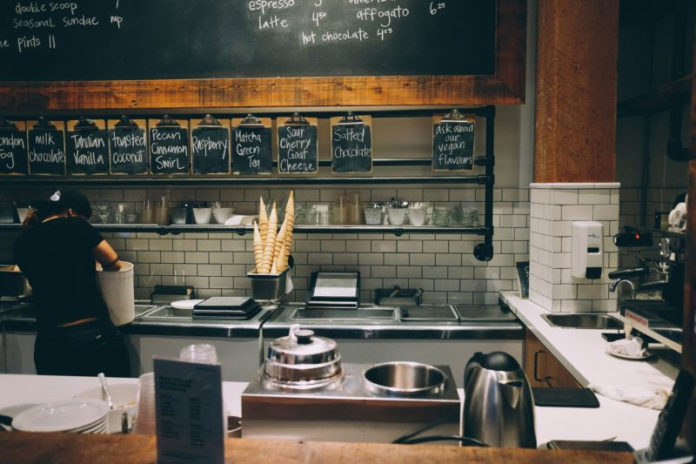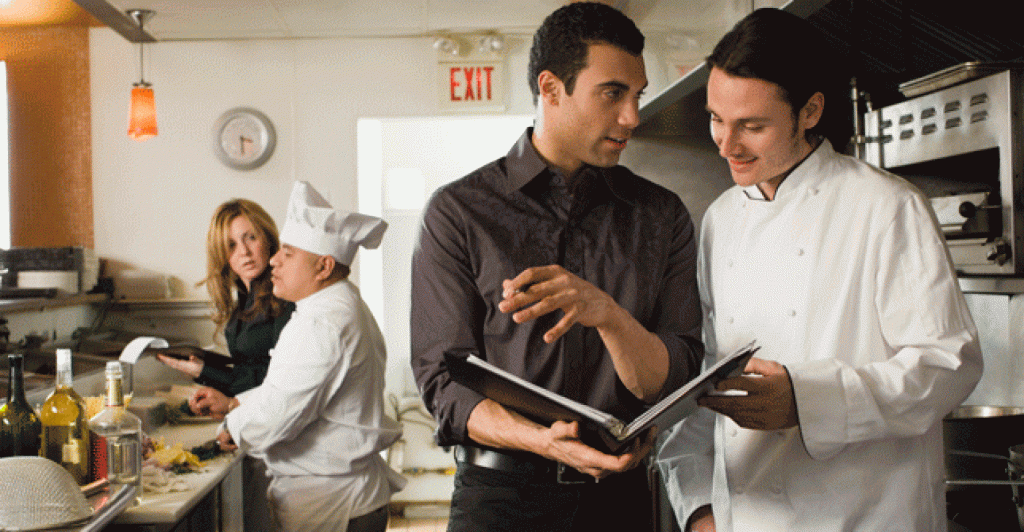The human resource structure is at the core of the hospitality industry, and the labor cost accounts for the majority of expenses in the restaurant business. The percentage of restaurant labor costs to sales averages at 22-40%, and in some cases, it can be almost as high as 75%. This, coupled with the capital-intensive nature of this industry, makes running a restaurant a very costly affair. This also makes it necessary for restaurants and cafes to control their labor costs to maintain profit margins.
8 Effective Tips To Reduce Restaurant Labor Costs
Reduced revenues and stiff margins may lead you to desperate measures such as slashing down monetary incentives and even getting rid of people. But that is not the way to go. Here are some proposed ways to reduce labor costs; you can use it to cut down the restaurant labor costs.
1. Control Employee Attrition Rate
According to a study, the Hospitality sector in India has the highest attrition within the country and globally too. Attrition related costs include recruitment and training of new workers, not to forget the lost working hours and efficiency. Heavy competition, long working hours, and foraying for growth opportunities elsewhere are the driving factors behind this phenomenon. The high attrition rate is one of the primary reasons behind the towering restaurant labor costs.
Providing better growth opportunities, offering incentives, and introducing employee loyalty programs and improving work culture can go a long way in controlling the attrition rate. A clear employee welfare policy and team-building exercises are also known to be very useful in employee retention.
This article will tell you how to keep your restaurant staff happy and keep them from leaving.
2. Work On An Appropriate Salary Structure
Commission-based salary structure can work wonders on cost control and acts as an excellent motivator for the employees too. Therefore, it is advisable to have a composite compensatory package for the staff, which includes a fixed and commission/performance-based incentive structure. If you have any pension or retirement plans, then convert them into profit-sharing programs. The temporary or part-time workforce can be appointed on a full commission- based compensatory structure.
You can review the profits and salary levels regularly and eliminate the costs that put you above the industry average. This step should be taken only after an open discussion with employees who would be affected by this step; otherwise, it might lead to high employee turnover.
3. Cross Train The Team
Cross-training ensures that one employee is trained to handle multiple tasks and roles. This not only ensures that you have a workforce who can multi-task but also lead to a growth of professional capabilities of the staff. The latter is usually welcomed warmly by employees. It can also take care of unforeseen and sudden vacancies in the restaurant. Cross-training increases efficiency, develops empathy and provides team-building opportunities at the organizational level.
4. Employ Part-Time Help
Part-time hires usually charge an hourly rate, which is lower than for permanent employees. Also, the entitlement of permanent staff regarding statutory benefits is a much more significant financial commitment. This is why engaging part-time employees make a lot of sense. A restaurant can offload unskilled and general chores to such a temporary labor force, thus reducing the burden on professional and permanent staff.
Certain days of the year are indeed more busy than the other comparatively slow days. To cater to the periodic footfall in your restaurant, it is a good idea to hire seasonal workers. You can hire them on a contractual basis for a few months, and they also offer them permanent employment if they turn out to be invaluable to your business. This is a great labor cost reduction strategy for restaurants.
5. Invest In Hiring
Investment in recruitment goes far beyond money and funds. The process needs an investment of time and effort. Focus on your requirements and review job profiles accordingly. Look for the best fit instead of hastily filling up the vacancy.
Remember, the wrong person for the wrong job would only add to attrition and additional cost for recruitment and training. According to conservative estimates by the experts of the industry, the cost of hiring is about 25% of the average employee salary! Misfits can be dangerous for the reputation of the restaurant and affect the business in the long run.
Learn how to create a proper hiring structure for your restaurant here.
6. Review And Schedule
The restaurant business is very dynamic and is mainly affected by seasonality and occasions. Review your customer footfalls on the weekends, holidays and festive seasons, and accordingly schedule your full-time employees, hire part-time help and plan your food budget. This will help you control your payroll cost, minimize wastage in the kitchen, and run your restaurant at its best capacity during the peak season.
7. Invest In Automation, Equipment, And Design
‘Technology is replacing human labor in the restaurant business,’ would be a big statement to make, had restaurant technology not grown leaps and bounds in recent years. Although not entirely, but technology has automated restaurant operations so much, that little human effort and labor is now being required. Features like Automatic Billing, Online Ordering, Table Reservation have significantly reduced the need for human interference.
Even tools like Kitchen Display System (KDS), which automatically accept the order from the POS, have eliminated the need for printing the Kitchen Order Ticket (KOT) and then manually taking the order to the kitchen. Technology has dramatically reduced human effort, and thus also helps in lowering restaurant labor costs.
8. Measure And Boost Employee Efficiency
Measuring and optimizing the efficiency of the staff is a difficult task in the restaurant business. However, you can still do that by defining goals and setting Key Performance Indicators (KPI) for each team. For instance, the kitchen team can be assigned the goal of keeping the Food Cost under control. Similarly, each server can be given a target of generating a certain sales figure.
You can analyze the performance of your staff by fetching reports from the POS software and measuring and improving their efficiency. Improving employee efficiency so that they contribute more to the business is a great way of reducing the restaurant labor costs, without any layoffs.
Restaurant labor costs are one of the significant restaurant expenses that bleed a restaurant dry. Hence, you must analyze each aspect of your restaurant business and take appropriate steps to effectively managing labor costs.




















